Trail riding means something different for everyone - for some swept trials in the bike center, for some rough routes drove deep in the woods and for some mountain ridges.
You can count on Sixer MIPS to handle all terrains. The helmet is equipped with the MIPS system, which is integrated into the Float Fit Race clamping system. The shell consists of two layers. The one closer to the head has a lower density, is softer, and can absorb less shocks. The more distant one, on the other hand, is harder, ready for big impacts. A great feature is the Sweat Guide, which wicks sweat away from the glasses. Of course you can also use motocross goggles.
CLAMPING SYSTEM: Float Fit Race (MIPS integration)
CONSTRUCTION: In-mold Polycarbonate Shell, Polycarbonate Roll Cage, Progressive Layering
VENTILATION: 30 holes, Channeled Ventilation, Overbrow Ventilation
FEATURES: four-position label, compatible with motocross goggles, Go-Pro holder, X-Static linings, Sweat Guide
SIZES: S (52-56 cm), M (55-59 cm), L (58-62 cm)
MIPS IS MOVEMENT
All Bell helmets are designed to absorb as much energy as possible in the event of an impact and meet the applicable European standard: EN 1078. The aim of the new MIPS technology is to eliminate rotational forces that act on the head in the event of a fall. When impacted at any angle, the MIPS system allows the EPS shell of the helmet to rotate independently around the rider's head. Although this movement is only on the order of a few millimeters, we believe that MIPS technology significantly reduces the amount of rotational force that could otherwise be transmitted to the brain.
WHAT IS MIPS (Multidirectional Impact Protection System) AND HOW DOES IT WORK?
MIPS is a sliding insert between the EPS shell (helmet body) and the inner linings. In the event of an angle impact (for example, when you catch your head on a branch), the EPS shell of the helmet rotates a few millimeters along the MIPS layer, thus protecting the head and brain from a sharp rotating jerk.
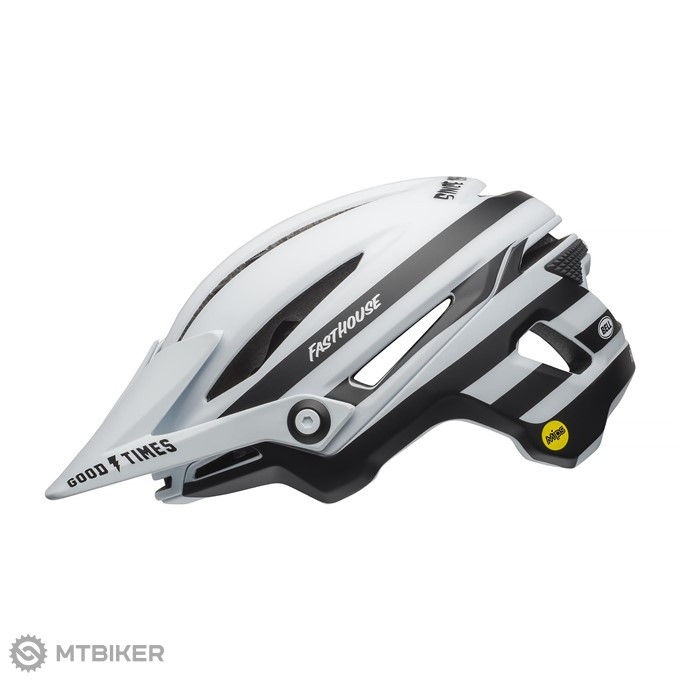

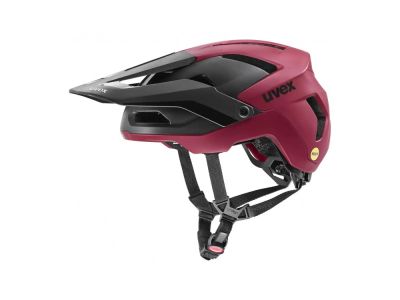

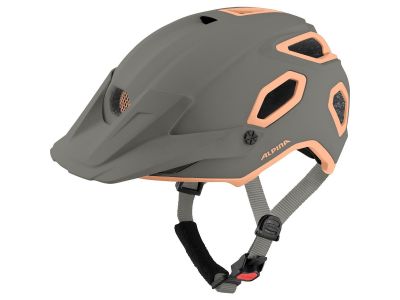
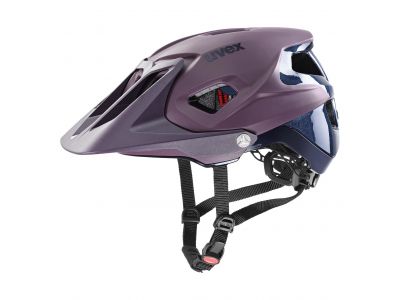

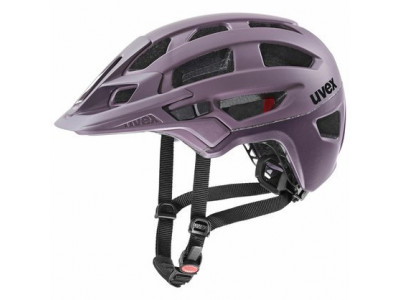
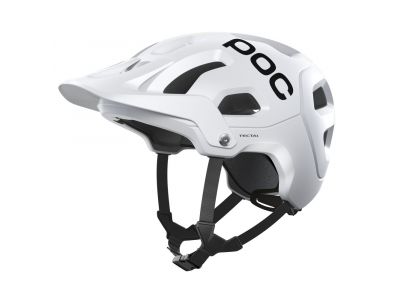
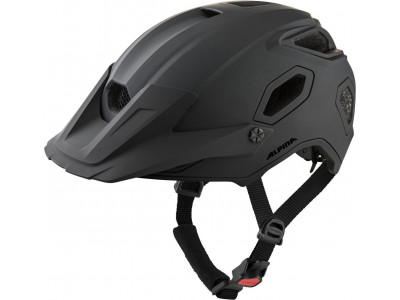
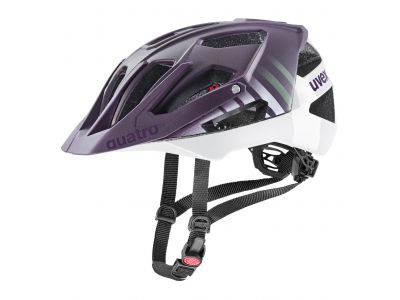

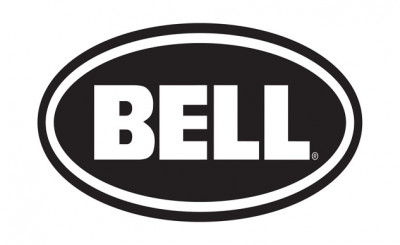

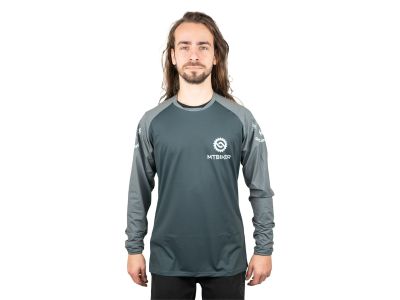
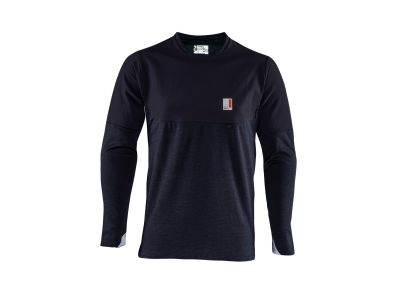

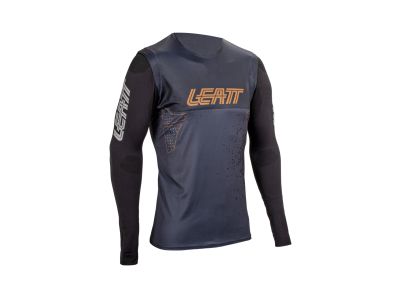
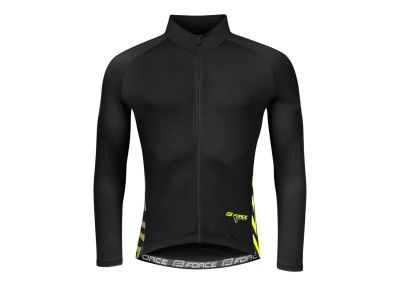

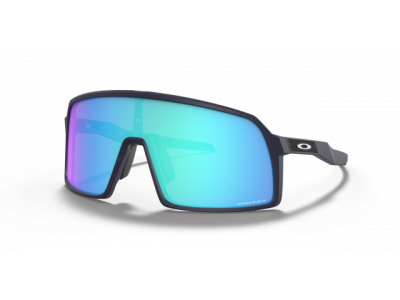

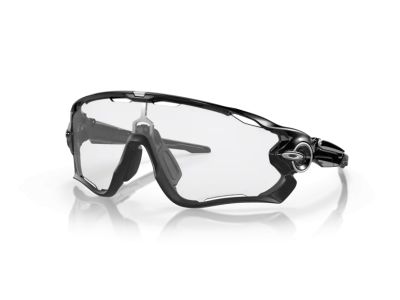


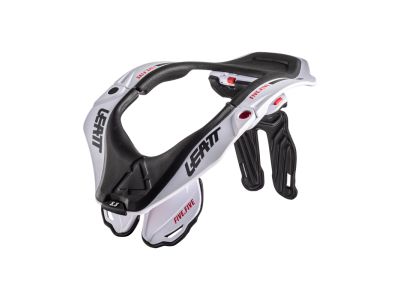
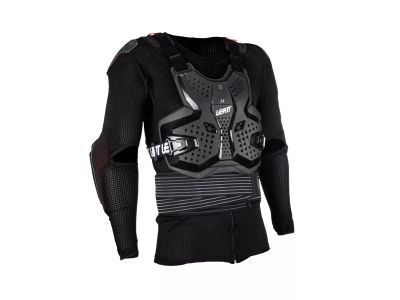
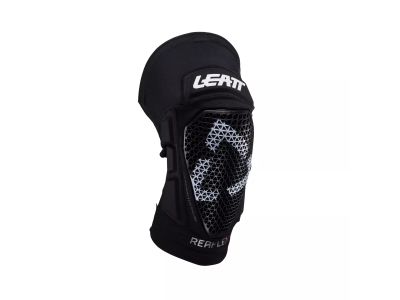
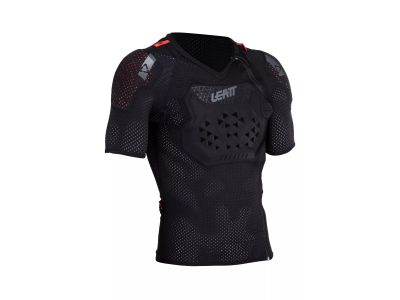
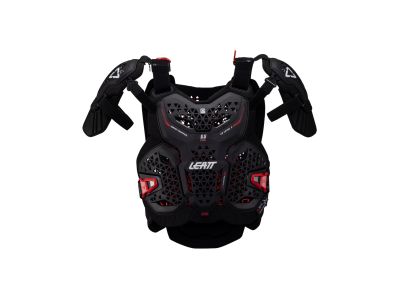


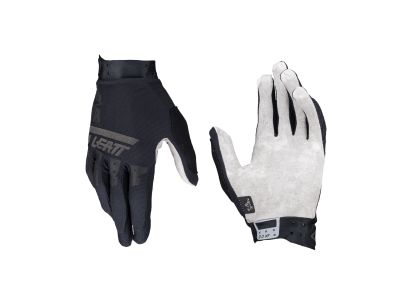
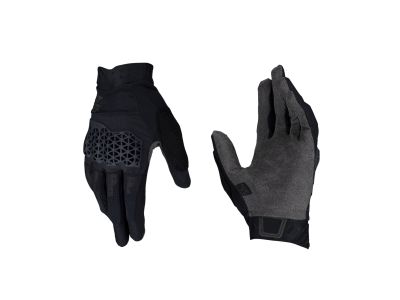
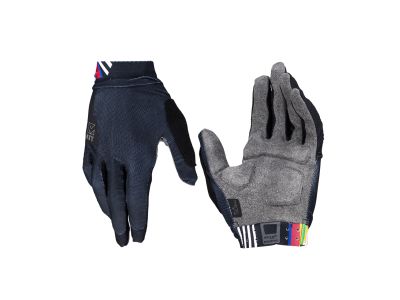
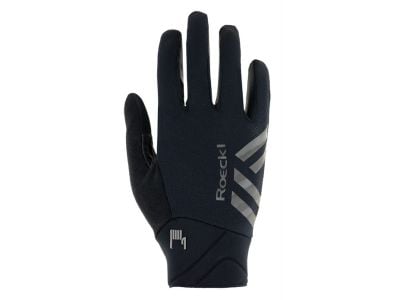
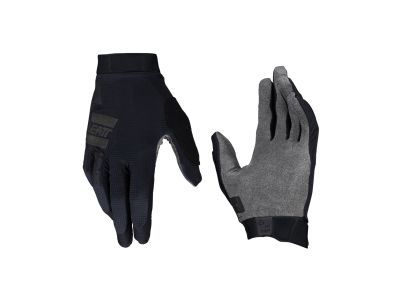
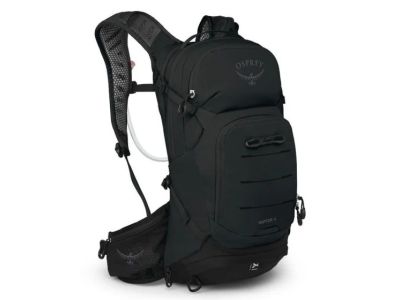
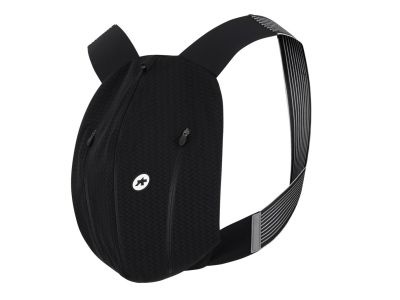
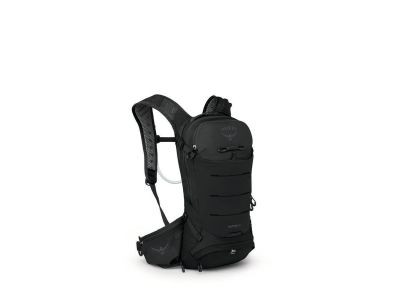
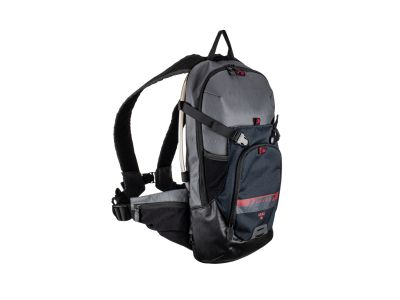
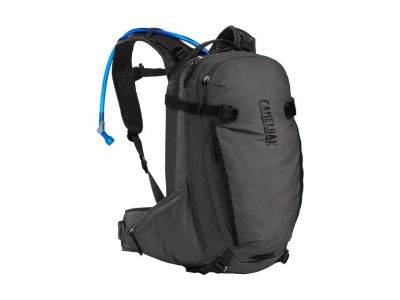
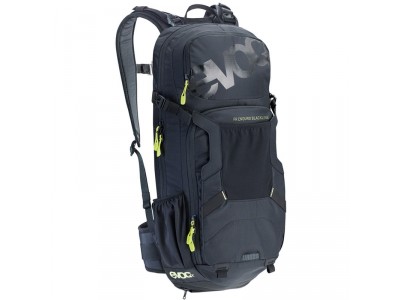






There are currently no reviews